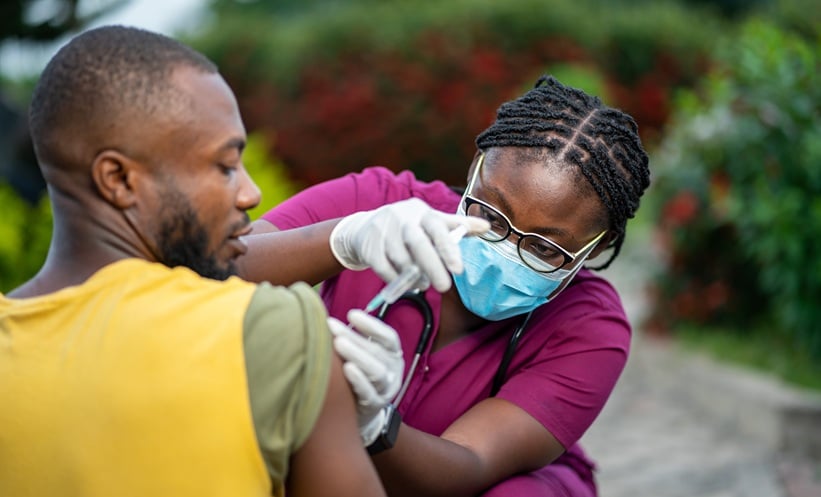A NEWLY developed five-item point-of-care tool may offer clinicians a practical way to predict recurrent tuberculosis (TB) among patients completing treatment, according to recent trial findings from India. The tool, which combines spirometry and basic clinical and demographic information, showed moderate accuracy in identifying patients at high risk for TB recurrence within 18 months.
Researchers analyzed data from 1,033 individuals who had completed TB treatment through six public health clinics in Maharashtra. Participants were followed for up to 18 months, with recurrent TB as the primary outcome. Using logistic regression and internal cross-validation, investigators developed a model based on five predictors: sex, household income, body mass index (BMI), peak expiratory flow, and history of multiple TB episodes.
Among the cohort, 85 individuals (8.2%) developed recurrent TB. The final model achieved a cross-validated c-statistic of 0.69 (95% CI: 0.56–0.77), with acceptable calibration. Importantly, a predicted risk threshold of just 3.7% successfully captured 90% of all recurrence cases. This performance indicates that a relatively small subset of TB survivors could be targeted for post-treatment active case finding, improving resource allocation and patient outcomes.
The study’s approach emphasizes simplicity and feasibility at the point of care. Unlike more complex or resource-intensive models, this five-item tool relies on easily obtainable data, making it particularly suitable for high-burden, low-resource settings. The inclusion of spirometry, specifically peak expiratory flow, adds an objective lung function measure that may help refine recurrence risk beyond traditional clinical variables.
While further validation in other populations is warranted, the findings suggest this model could serve as a scalable intervention to reduce TB relapse through targeted follow-up. For U.S.-based clinicians working with global health programs or immigrant populations with TB history, this study highlights a practical method to optimize post-treatment surveillance strategies.
Reference:
Cox SR et al. A point-of-care prediction tool for recurrent tuberculosis. Clin Infect Dis. 2025:ciaf353.








